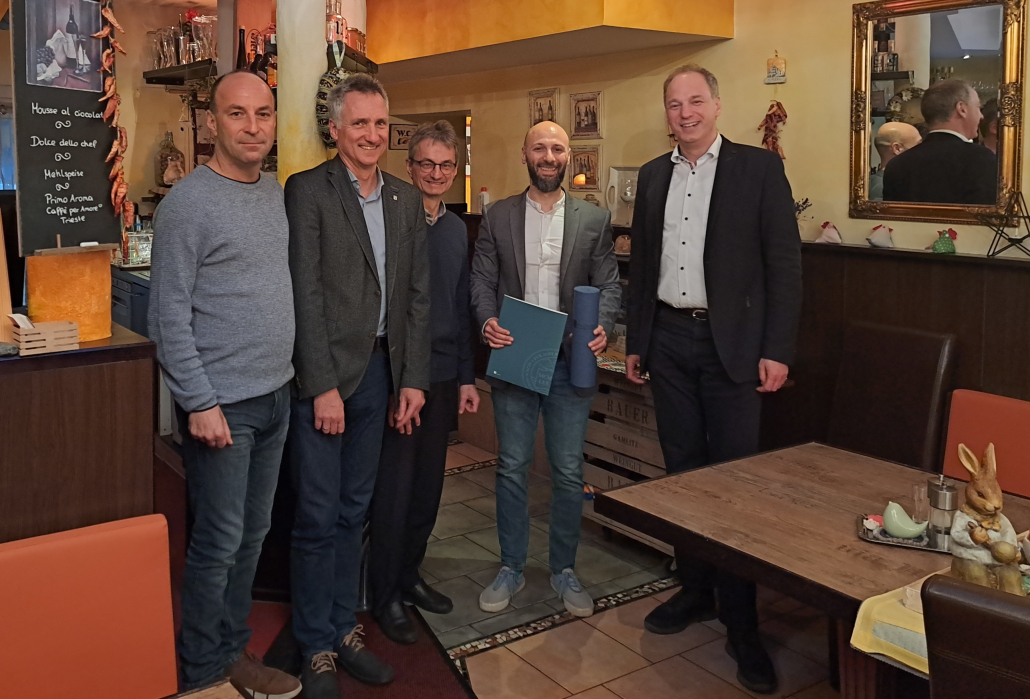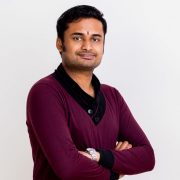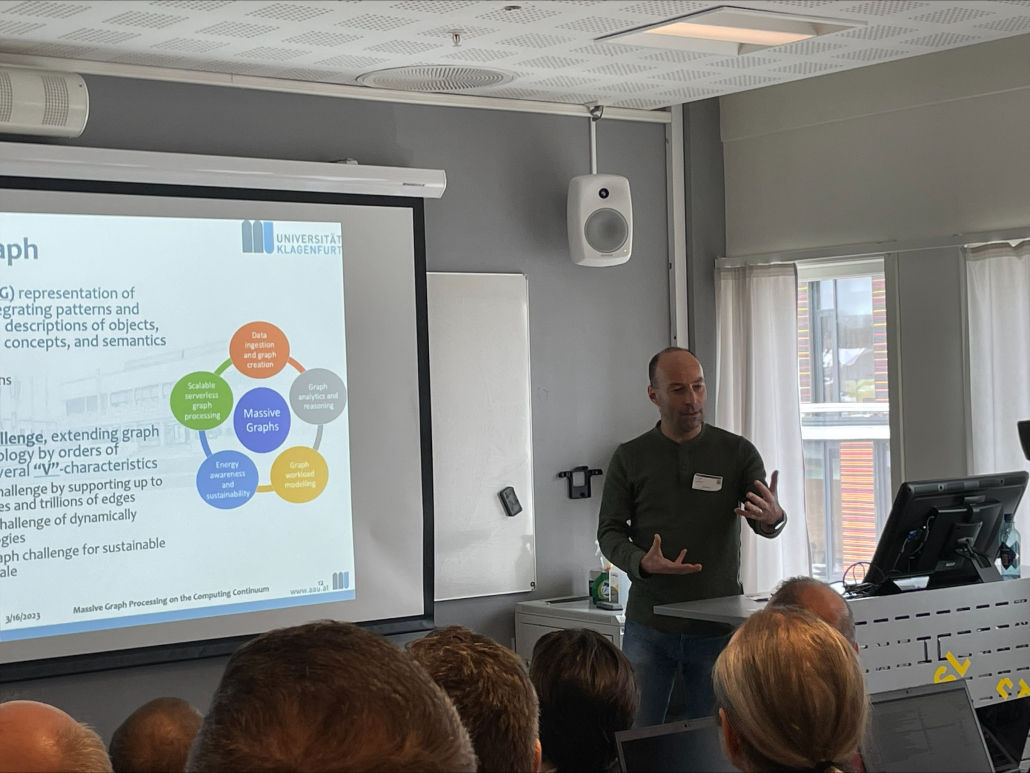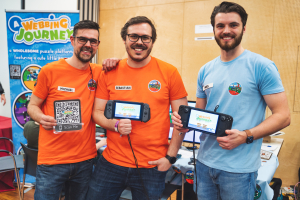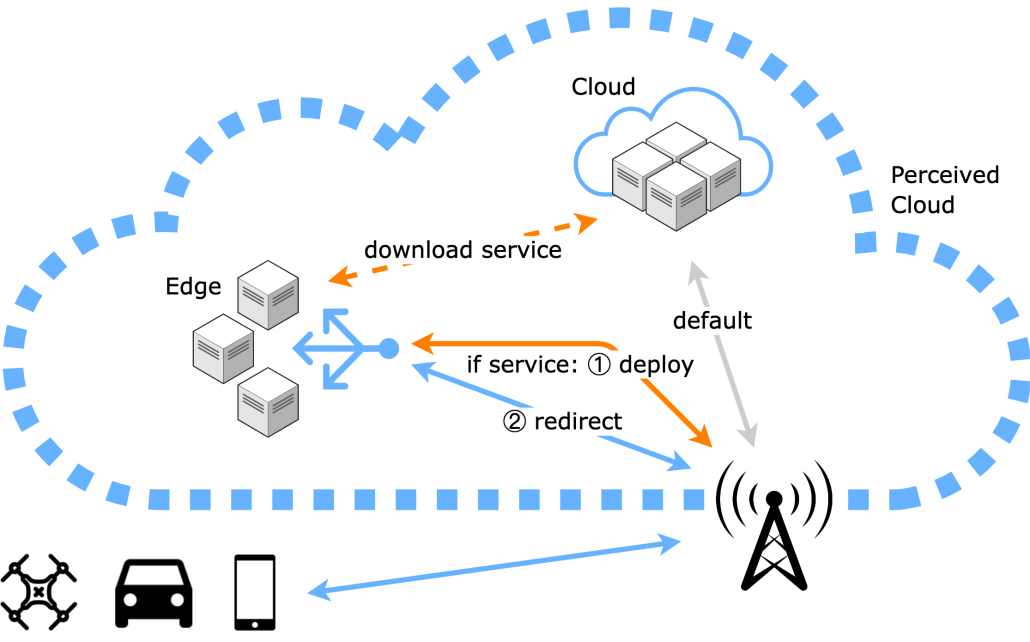Authors: Shajulin Benedict, S. Vivek Reddy, Bhagyalakshmi M., Jiby Mariya Jose, Radu Prodan
International Conference on Inventive Computation Technologies (ICICT 2023)
Abstract: In recent years, social relationships have been rooted in a blend with technological advancements to eradicate emerging challenges, such as loneliness, poverty, pollution, climate change, health issues, and so forth. IoT-enabled social good applications, accordingly, have emerged in various dimensions. In fact, those developing IoT-enabled social good applications have to diligently consider the efficiency of underlying computational infrastructures. This article explores the performance improvement (PI) aspects of edge intelligence techniques that apply to social good applications. It highlights the most commonly practiced PI methods in the literature. Additionally, the article lists the near-future research perspectives of edge-enabled solutions. The article
will be beneficial to several researchers/practitioners who prefer to address social causes using edge-enabled efficient intelligent techniques.



